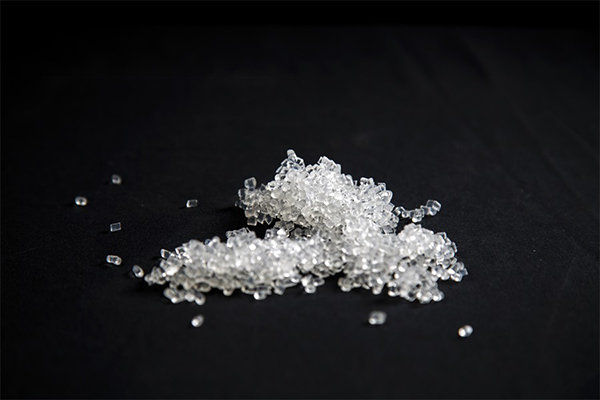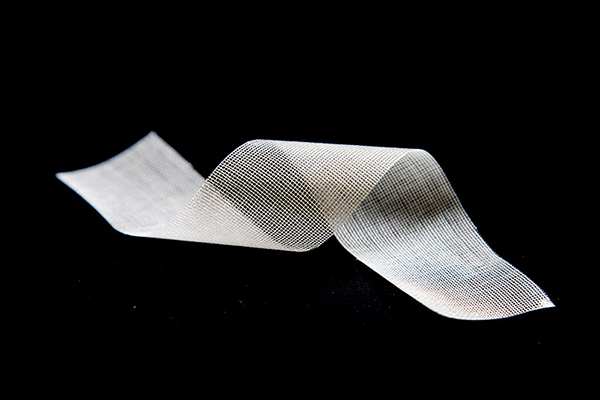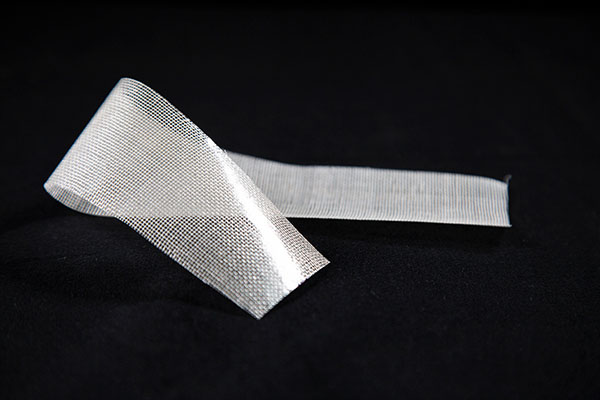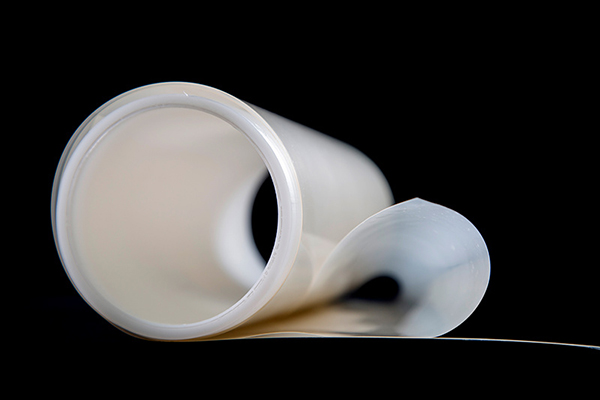A team from the Technical University of Berlin (TU Berlin), HZB, IMTEK (University of Freiburg), and Siemens Energy has developed a highly efficient Anion Exchange Membrane (AEM) electrolyzer, whose performance is comparable to that of existing Proton Exchange Membrane (PEM) electrolyzers. What makes this achievement remarkable is the use of inexpensive nickel compounds as the anode catalyst, replacing the expensive and rare iridium traditionally used in PEM electrolyzers.
At BESSY II, the team was able to conduct operando measurements to thoroughly elucidate the catalytic processes. A theoretical team from the U.S. and Singapore provided consistent molecular descriptions. In Freiburg, a prototype cell was tested using a new coating process.
The research results have been published in the prestigious journal Nature Catalysis.
Hydrogen will play a significant role in future energy systems, serving as an energy storage medium, fuel, and a valuable raw material for the chemical industry. When generated from solar or wind energy, hydrogen can be produced through water electrolysis with minimal climate impact. Currently, the scale-up of the green hydrogen economy is dominated by two systems: Proton Exchange Membrane (PEM) electrolysis and classic liquid alkaline electrolysis (ALK). The AEM electrolyzer combines the advantages of both systems, such as not requiring rare precious metals like iridium.
The joint research team has now introduced their first AEM electrolyzer, with hydrogen production efficiency nearly as high as that of PEM electrolyzers. Instead of using iridium, they have employed nickel and iron, cobalt, or manganese hydroxides and developed a method to directly coat them onto the anion exchange membrane.
During the electrolysis process, the team was able to conduct operando measurements at the BESSY II synchrotron radiation source at LiXEdrom in Berlin. Theoretical teams from Singapore and the U.S. helped explain the experimental data.
Professor Peter Strasser from the Technical University of Berlin explained,
“This allowed us to elucidate the relevant catalytic processes on the catalyst-coated membrane, particularly the phase transition from the catalytically inactive α-phase to the highly active α-phase and the role of various O-ligands and Ni4 centers in catalysis.”
“It is this gamma phase that makes our catalyst competitive with the current state-of-the-art iridium-based catalysts. Our work shows important catalytic similarities with iridium but also reveals some surprising molecular differences.”
“Therefore, this research significantly enhances our understanding of the fundamental catalytic mechanisms of new nickel-based electrode materials. Additionally, the newly developed membrane electrode coating method shows excellent scalability. The first fully functional laboratory unit has already been tested at IMTEK. This work lays the foundation for further industrial evaluation and demonstrates that AEM water electrolyzers can also be highly efficient.”




